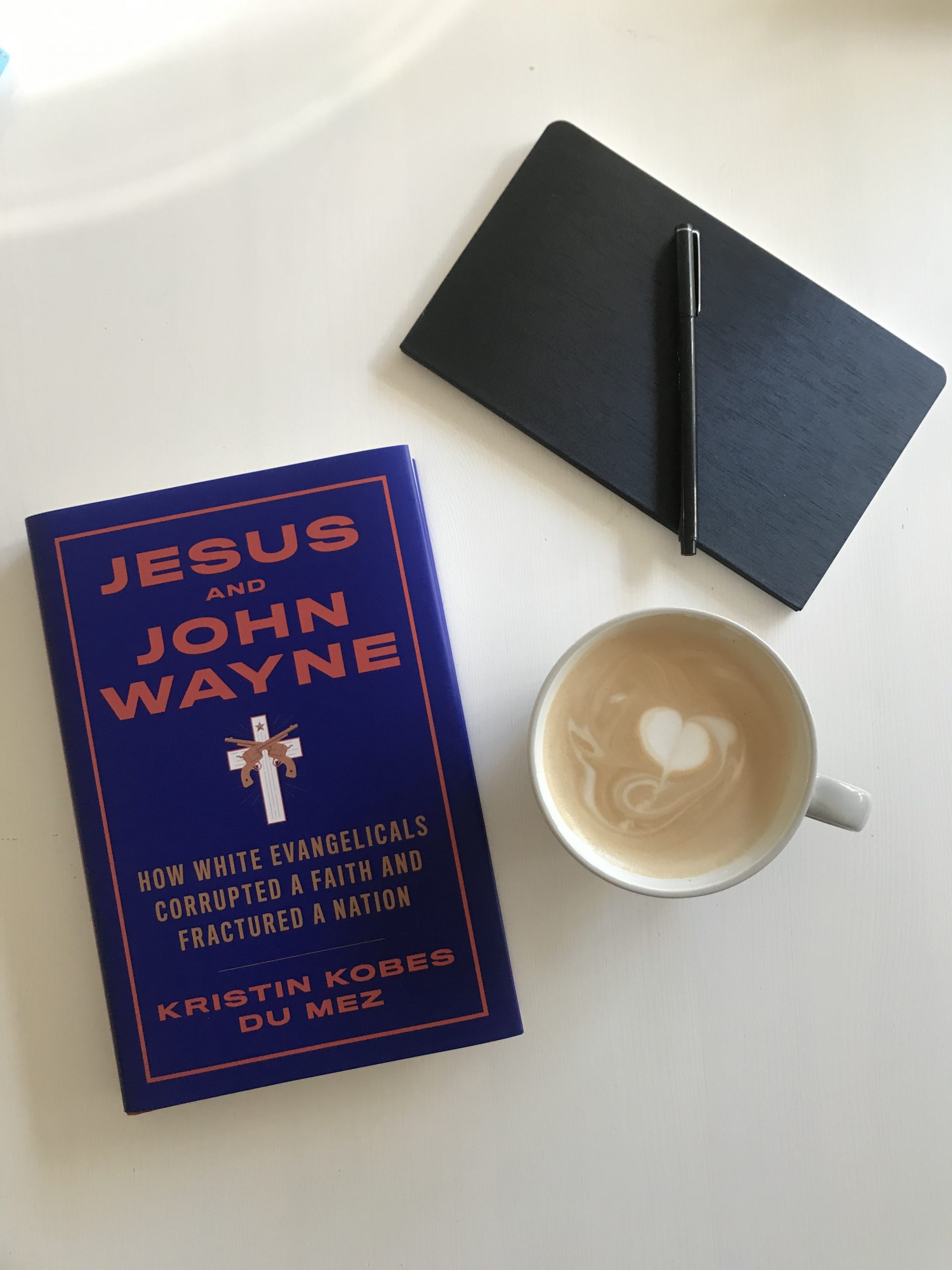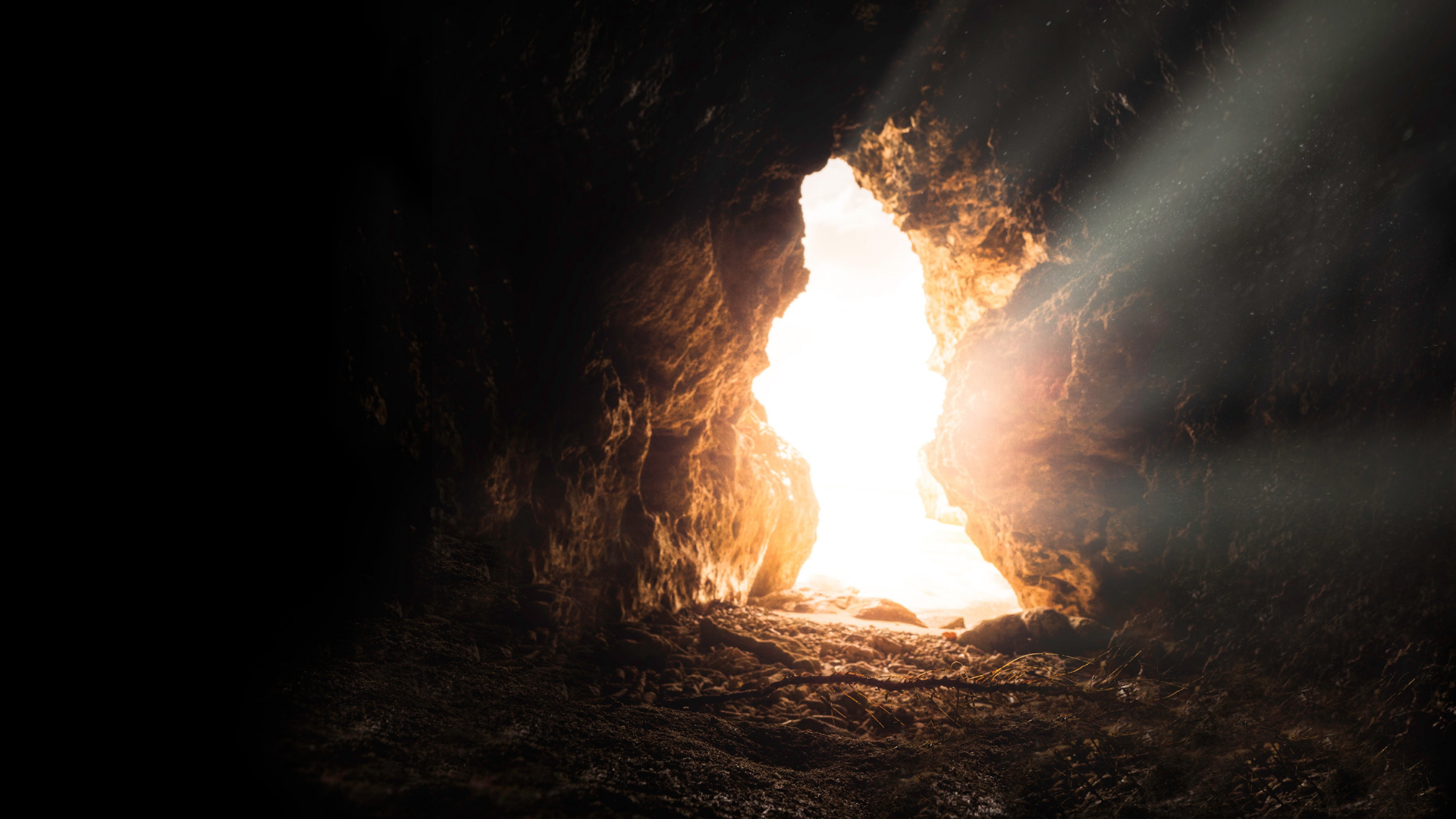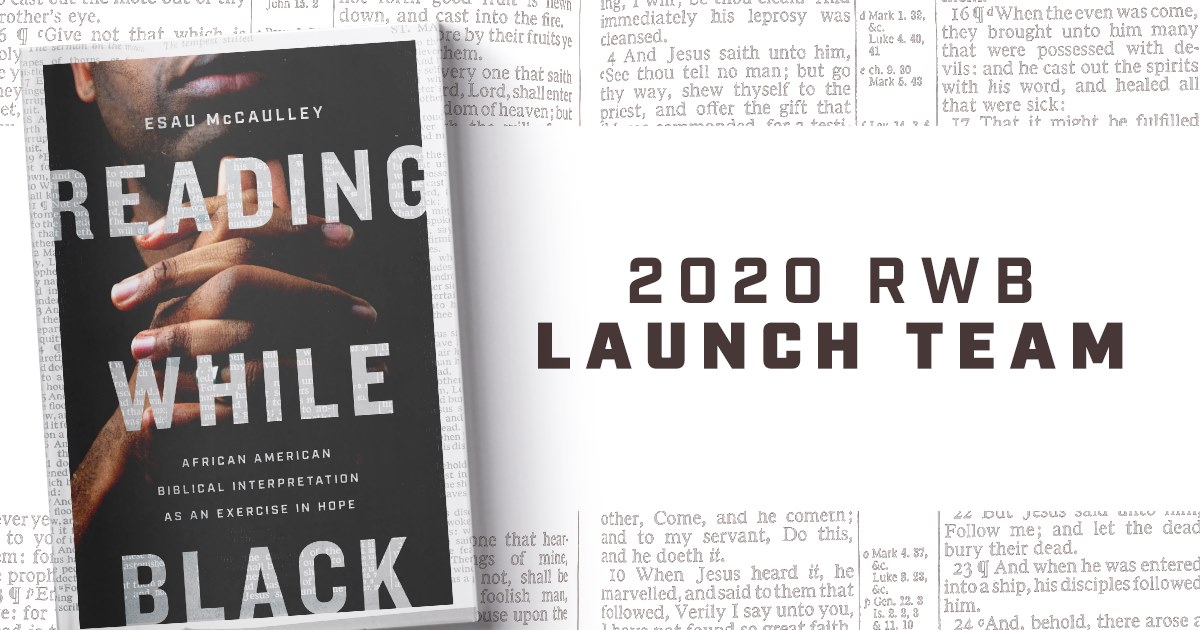My mom recently mentioned to me a book she had heard about and was starting to read. It was by Kristin Kobes Du Mez. I had not really heard of her except the briefest of snippets I had seen on Twitter that had mentioned the title of her book, Jesus and John Wayne: How White Evangelicals Corrupted a Faith and Fractured a Nation.
It was an intriguing premise and the subtitle was guaranteed to elicit a response. A short time later the book arrived at my doorstep (thanks Mom) and I started reading it. (White American) Evangelicalism has re-found its place at the forefront of American culture over the five or so years, coinciding with the rise of Donald Trump to the Republican nominee and then to the presidency. Although whether they ever lost it is open to debate. The stats have been mentioned repeatedly but over 80% of self-identified evangelicals supported Trump in the 2016 election. Numerous justifications have been offered for this, as well as more than a few attempts to reframe the stat, but it still seems to stick. Although this is the cultural milieu from which this book arises, Du Mez is clear this book isn’t about Trump.
Du Mez’s main argument is that “[E]vangelical support for Trump was no aberration, nor was it merely a pragmatic choice. It was, rather, the culmination of evangelicals’ embrace of militant masculinity, an ideology that enshrines patriarchal authority and condones the callous display of power at home and abroad.” (3) The archetype for this ideology is John Wayne, the famous American actor, and exemplar of all that is rugged, masculine, and heroic. She goes on to trace the rise of this ideology, first, briefly, at the turn of the 20th century, then in more detail from post-WW2 to the present. It is very detailed and there are plenty of names and dates to take note of, but the writing style is approachable and more of a narrative. So much of what Du Mez does is to demonstrate what happened more so than giving dense arguments, which increased the readability without compromising on content. There are times I wished some dots could have been connected a bit more but I understand her approach. The endnotes do provide enough detail if you want to follow up on any areas in greater detail.
It is a devastating critique of white evangelicalism and a significant amount of its key voices. I cannot imagine too many readers being impassive as they approach this book. I felt anger and disgust as I read it, not because I disagreed but because I knew so much of it was true. But I am sure there are others, who still find their home in this evangelical tradition, who would not be impressed with this book. But that is not me, the more I read, the more I felt betrayed and disillusioned. Why, because this was the ecclesial context in which I was raised, and these (mostly) men were held up as the heroes not only to be listened to uncritically but to be emulated by the churches I attended. Even now, there are many people I know who will not stand for any criticism of anyone named Graham, Focus on the Family or John Piper and the CBMW. But Du Mez’s critique is warranted and needed as she has shown how deeply entrenched they are with a flawed and harmful understanding of masculinity and patriarchy. The flawed ideology that flows out of this did not merely harm the church, it has had almost catastrophic consequences for the world at large. There are many stories of women, girls, and boys who were abused, both sexually and physically as a direct result of this ideology. Think of the multiple generations of boys who were raised in a manner that perpetuated this abuse or the many men who were told the way to truly be a man they need to go to war and ended up coming back with PTSD if they came back at all. They lusted for power, gained it, and abused it and now we are facing the consequences.
Jesus and John Wayne is a disturbing read but it is not without some hope. Du Mez tells us “the evangelical cult of masculinity…was never inevitable… it has been embraced, amplified, challenged, and resisted.” (304) For every ideology, there are those who fight against it, and what she offered is something that helps us understand what we are up against if we wish to undo this ideology. She concludes, “Appreciating how this ideology developed over time is essential for those who wish to dismantle it. What was once done might also be undone.” (304) My hope and prayer is that we can get to work to carefully and thoughtfully undo this dangerous and flawed cult of masculinity and arrive at a more nuanced and robust understanding of how image-bearers ought to live faithfully in our world.





